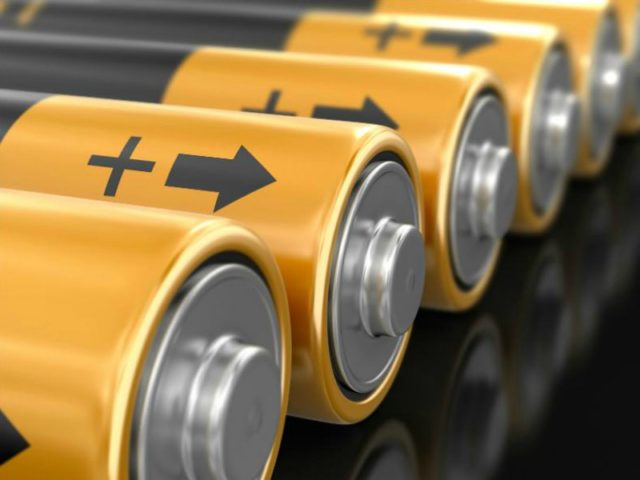
By 2050, batteries based on lithium-ion will be the cheapest way to store electricity, such as from solar or wind farms, according to a new study.
The new research calculates the cost of storing energy with different technologies, including large-scale batteries and pumped-storage hydroelectricity, and predicts those costs into the future.
Based on this model, battery technologies based on lithium-ion are predicted to be the cheapest way of storing energy for most applications, such as making sure energy grids do not suffer large fluctuations and allowing consumers to manage their bills.
These applications are particularly important in a world that relies more heavily on energy sources that may be intermittent – such as wind or solar power.
The new study, published today in Joule by researchers at Imperial College London, could help industry and policymakers decide where to invest research and capital to make the best use of energy storage technologies.
While previous studies of energy storage costs primarily focused on the investment costs only, the new study determines the ‘levelised cost of storage’ – the full costs of storing energy including investment, operation and charging cost, as well as technology lifetime, efficiency and performance degradation.
Lead researcher Oliver Schmidt, from the Grantham Institute and the Centre for Environmental Policy at Imperial, said: “Our model is the first to project full energy storage costs into the future, allowing predictions of which technology will be most competitive in a particular application at a particular time.”
